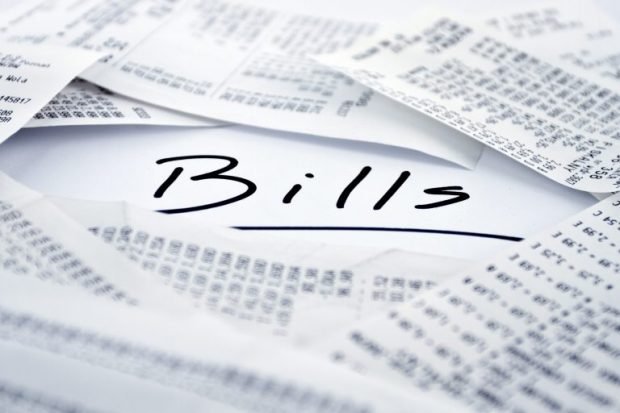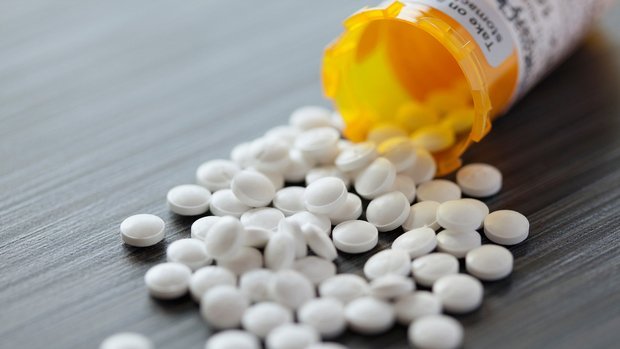Beat Inflation, Don’t Abort, Eat Your Weedies While fighting ecological discrimination
A weed is an artificial construct. A weed is a plant considered undesirable in a particular situation, a plant in the wrong place, or a plant growing where it is not wanted. It’s like people calling people they don’t agree with racist, a plant may call another plant weed, just because of its looks. As the Guardian might say: Weeds: is it time to stop using a word with racist roots?

Portulaca Oleracea Used in Cooking and Medicine

Take for instance, purslane, (Portulaca oleracea) also known by the most prejudicial names like pigweed, little hogweed, fatweed and pusley. However, purslane is not only edible but it is a highly nutritious vegetable, loaded with all sorts of nutrients, including omega-3 fatty acids. In 2015, the NIH used purslane in a study concluding that “Purslane (Portulaca oleracea) is a globally-distributed plant with a long history of use in folk medicine and cooking…. Taken holistically, our results suggest that the two varieties employ different strategies in allocating resources to cope with saline stress. This conclusion establishes purslane as a suitable model system for the study of saline stress and the molecular basis for differential responses.” Purslane can grow in gardens and sidewalk cracks, but can also adapt to harsher conditions, including drought, as well as very salty or nutrient-deficient soil
Any purslane plant can be harvested and eaten, as the leaves, stems, and flowers are completely edible. According to webMD Purslane is tart and a little salty, making it a great addition to salads and other dishes. Purslane is a succulent that offers a juicy bite. This allows it to be grown in conditions that would kill even the hardiest lettuce. Its sturdy nature makes purslane a great garden-vegetable option for dry, hot regions or gardeners who don’t trust themselves to water regularly. Purslane’s health benefits are an added benefit for this hearty gardener’s treasure.
According to the US Food and Drug Administration, a 100 gram (3.5 oz) portion contains
Vitamin A (from beta-carotene): 26% of the DV.
Vitamin C: 35% of the DV.
Magnesium: 17% of the DV.
Manganese: 15% of the DV.
Potassium: 14% of the DV.
Iron: 11% of the DV.
Calcium: 7% of the RDI.
It also contains small amounts of vitamins B1, B2, B3, folate, copper and phosphorus.
Say no to Abortion to Reduce Inflation – Eat Your Weedies
You might recall that Stacey Abrams, the Democratic nominee for governor in Georgia, floated the abortion could be used to beat inflation, explaining to Morning Joe viewers that “having children is why you’re worried about your price for gas, it’s why you’re concerned about how much food costs.” I say, forget about the barbaric practice and instead start adding weeds to your diet. It will not only fight inflation, but will also help fight ecological discrimination: All plants matter!
All Plants Matter
In addition to purslane, there are dozens and dozens of edible weeds, including wild blackberries. I started training several wild blackberry vines, and this summer we harvested a bumper crop.

I started eating purslane as a child. Because I would not be able to tell if eating purslane is an acquired taste, I decided to try other weeds. First on the list was Dandelion. My granddaughters like to make dandelion soup, by taking the petals off the plant and making piles. Oonce they are done playing, they dump the “dandelion soup” in the trash. My dandelion soup was different. I decided to use the same condiments I use with purslane. The resulting dandelion juices were tasty, while the leaves tasted somewhat like spinach leaves but drier and stringy. I plan to try clover and everwilde. Everwilde attracts bees and the entire plant is edible.

According to Pew research, over 66% of Americans think government should do more to combat climate change, yet this past Halloween, $billions worth of carved-up pumpkins are finding their way to landfills while millions of children don’t have anything to eat. Today, over 700 million people are undernourished, most of them children. The moral of the story is that we can all help stop ecological discrimination, stop the barbaric and some would say satanic practice of infanticide as a solution to inflation reduction, feed the hungry and reduce inflation if we just eat our weedies.





